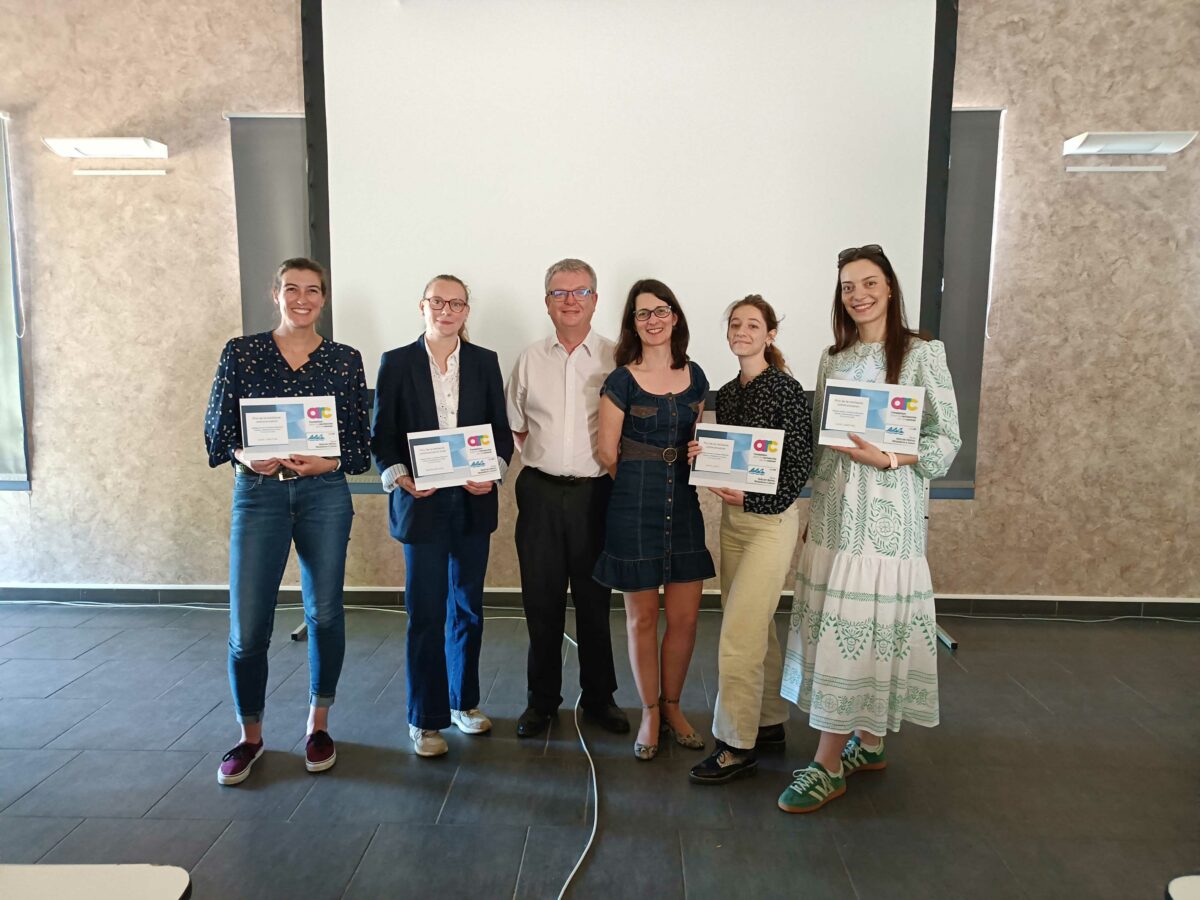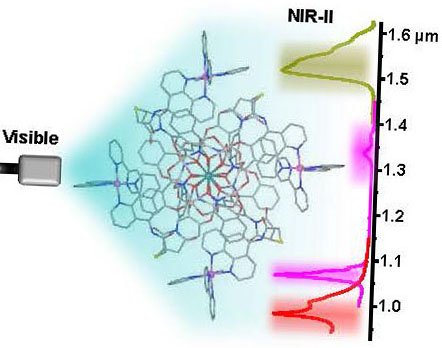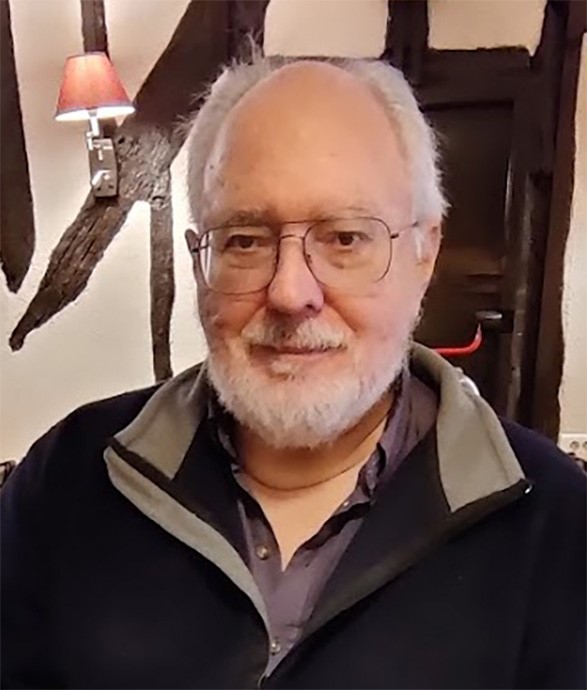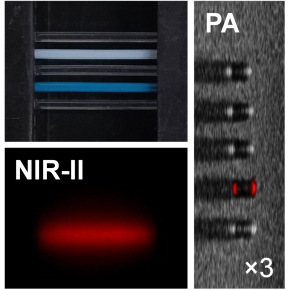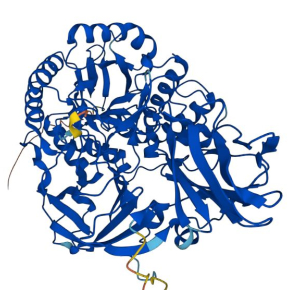Petra Cutuk, doctorante au CBM, a reçu le prix de la meilleure présentation orale lors du colloque 2025 du Réseau Molécules Marines, Métabolisme et Cancer.
Petra Cutuk, doctorante de deuxième année, qui effectue son travail de recherche conjointement entre l'équipe "Composés luminescents de lanthanides, spectroscopie et bioimagerie optique" du CBM d'Orléans et l'équipe Inserm "U1069 - Niche, Nutrition, Cancer & métabolisme Oxydatif- N2Cox" de l'Université de Tours, a reçu le prix de la meilleure présentation orale pour sa présentation intitulée "Elucidating the Regulation of SKCa Channels by the cAMP/PKA Pathway in Cancer Cells: Innovations in Near-Infrared Optical Imaging Agents" lors du colloque annuel 2025 du Réseau Molécules Marines, Métabolisme & Cancer à Mansigné le 16 mai 2025.
The prize is awarded by the Fondation ARC pour la recherche sur le cancer to finance participation in a conference.
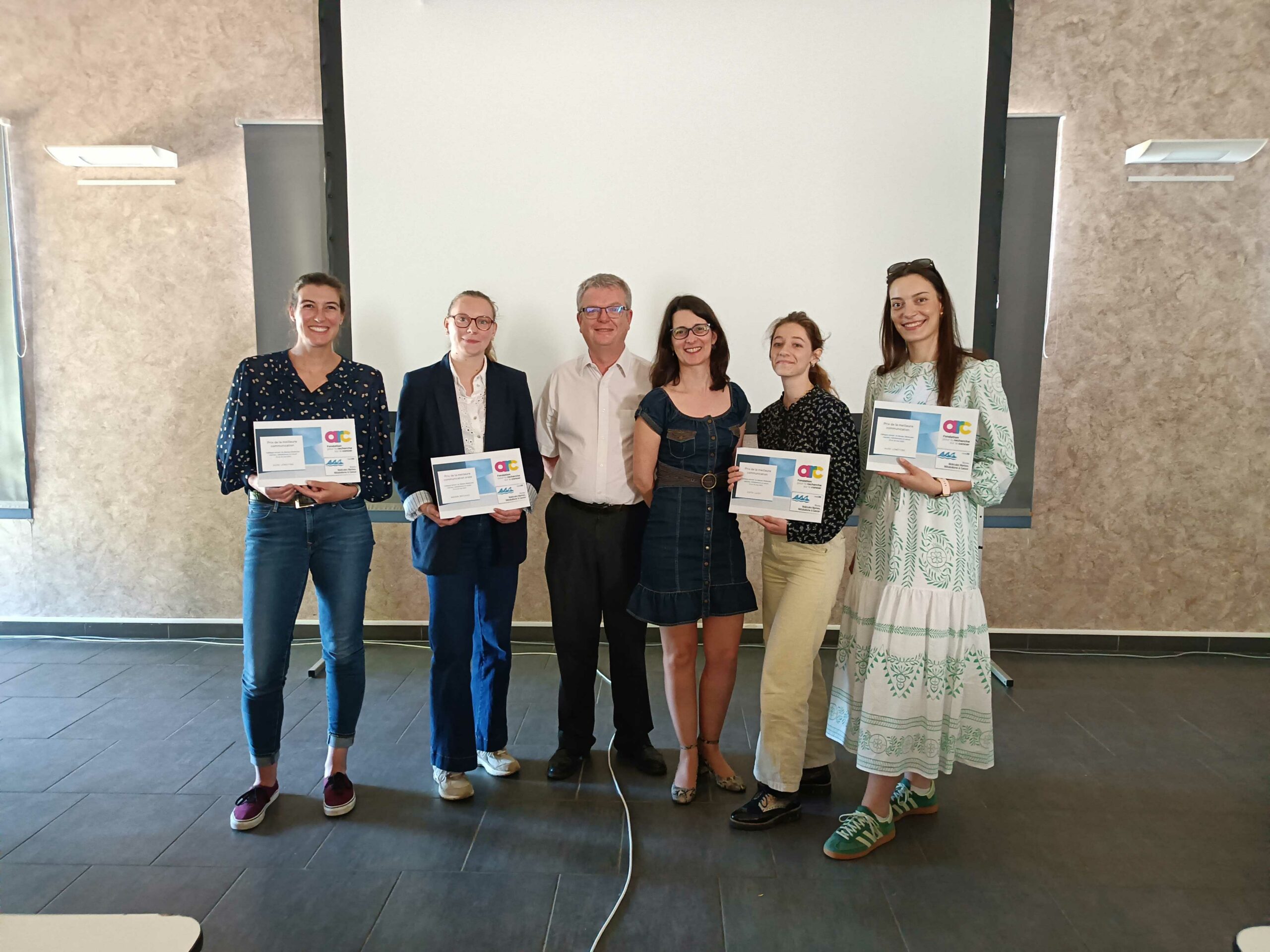
Petra Cutuk is on the right in the photo.

